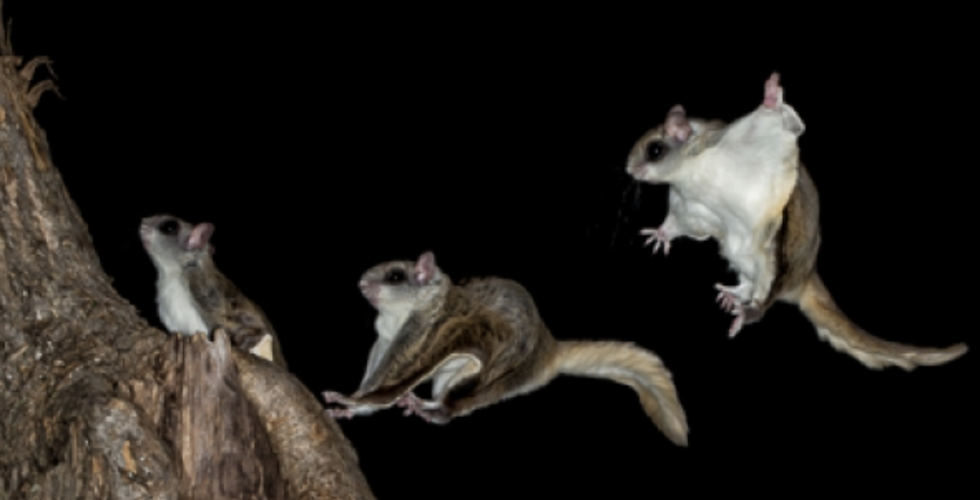
Stan Tekiela Shares his Love of Flying Squirrels
The population of any given animal species goes up and down over time in a geographic area. This is how nature works. In some years, species are plentiful in a given area; in other years, the population is dismal. These are the ebbs and flows of nature. I was reminded of this the other night while I stood outside my house in the dark and cold, watching the flying squirrels that I love to see and feed.
For some reason, we people feel that nature should always be the same or the way we remember it to be. Or we feel that the population of a given species should remain the same over time. But this just isn’t the case. The flying squirrels in my yard are a good example of these classic population swings.
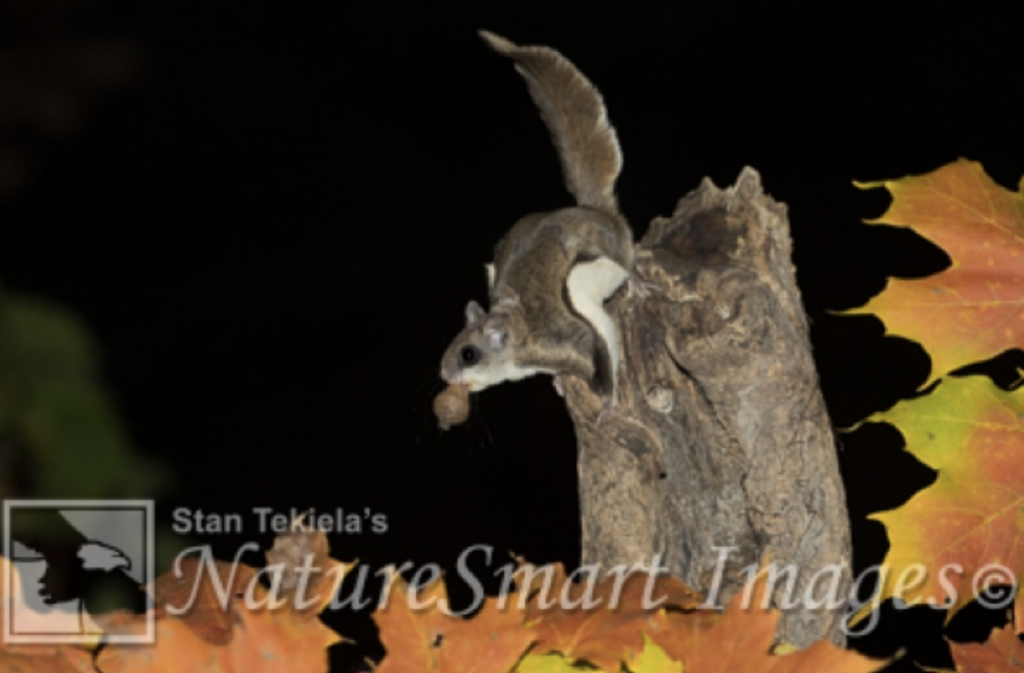
I have been feeding southern flying squirrels (Glaucomys volans) for about 10 years in my yard. At one point I would get about 10 individual squirrels coming to a special feeder that I made just for the flyers. They were bold and didn’t care that I might be standing very close by or taking pictures of their crazy antics. This went on for many years.
Then, about two years ago, the number of flyers coming to my feeder each evening dropped dramatically. At one point I had no flyers showing up for the peanuts that I put out for them to eat. While I have no proof of why the population dropped so quickly and dramatically, I worried that a pair of barred owls that had moved into the neighborhood might have been responsible. It was also possible that a recent rise in raccoons in the neighborhood could be responsible for the dramatic decline in my flying squirrel population.
In addition to these predators, there are also any number of diseases that can cause a population crash of flying squirrels. Or a combination of predators and disease together can trigger the tipping point for any given population in a geographic location, sending it plummeting. No matter what the cause, or causes, it happens—not only to my flying squirrels but also to any population of wildlife in any location.
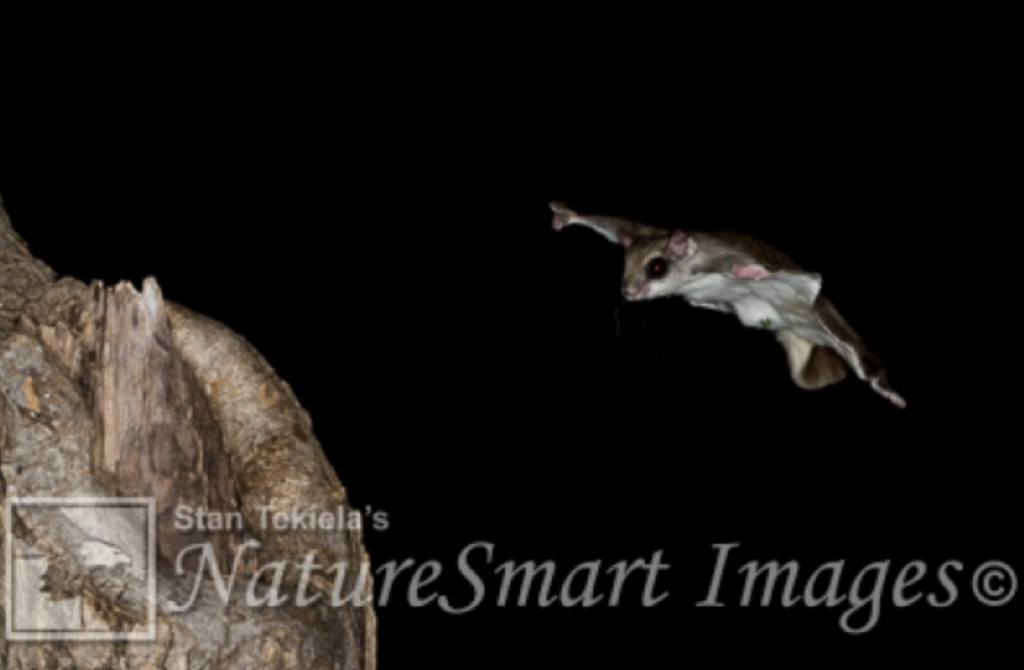
For the better part of a year and a half, I didn’t get any flying squirrels coming to my feeding station. I was devastated. Every now and then, I might get one flyer to show up in the wee hours of the morning, but the numbers were nothing like I’d had in the past. I just didn’t see them like I used to.
The fact is, these population changes are natural and happen all the time. But we humans for some reason feel that it’s not normal, that it was caused by one specific event or, worse yet, one specific predator. Deer hunting is a classic example of this “not like it used to be” phenomenon. When white-tailed deer populations fluctuate, we humans are quick to look for a villain to point to and say, “It’s all your fault.” We need something to blame it on without considering that populations change all the time in nature. Rarely is it just one event or one thing/predator that has caused the change.
I often get emails from agitated people who are upset that a particular species of bird is no longer coming to their feeding station. Or they are used to seeing a specific kind of animal in the past that they don’t see anymore. In some examples, such as redheaded woodpeckers (once the most numerous woodpeckers in North America) or eastern meadowlarks (once very common), you don’t see them because they are simply no longer around and are nearly extinct.
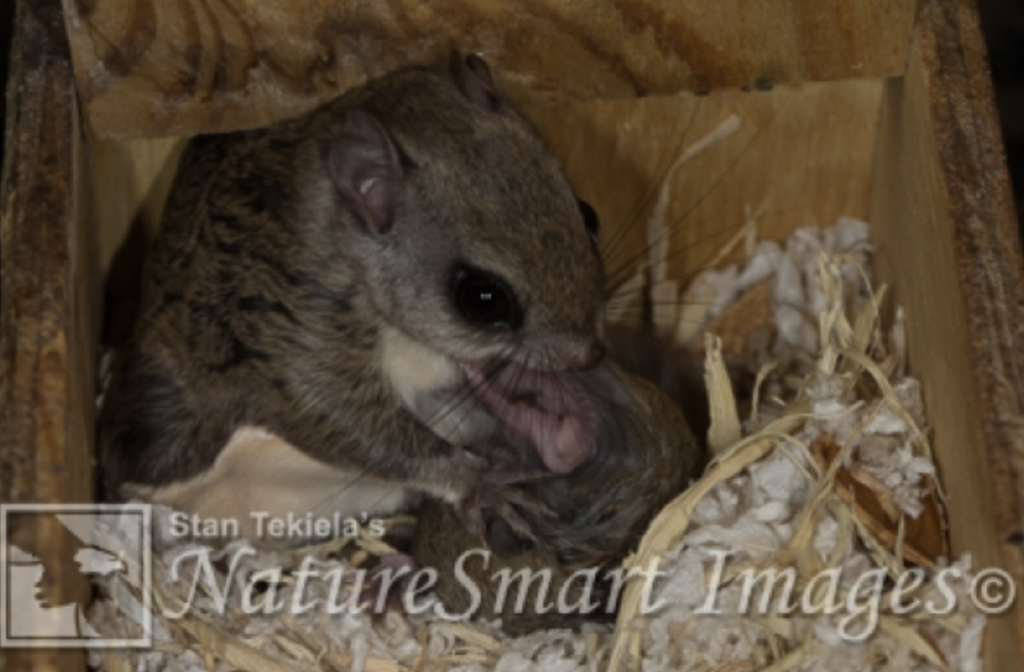
In populations that are relatively stable, such as flying squirrels or white-tailed deer, fluctuations of the population are normal and happen on a regular basis, geographically speaking. In some species, the population ups and downs are predictable, such as in the ruffed grouse. It is well-known that these birds go through 10-year cycles of their populations, and the predator birds and animals that feed on these grouse also follow a predictable population swing.
So the other night, while I proudly watched at least four southern flying squirrels coming to my feeder without hesitation, I was simultaneously relieved and also satisfied that nature is functioning the way nature intends. The facts are, populations of any given species will go up and down within a reasonable and tolerable amount, no matter what the critter.
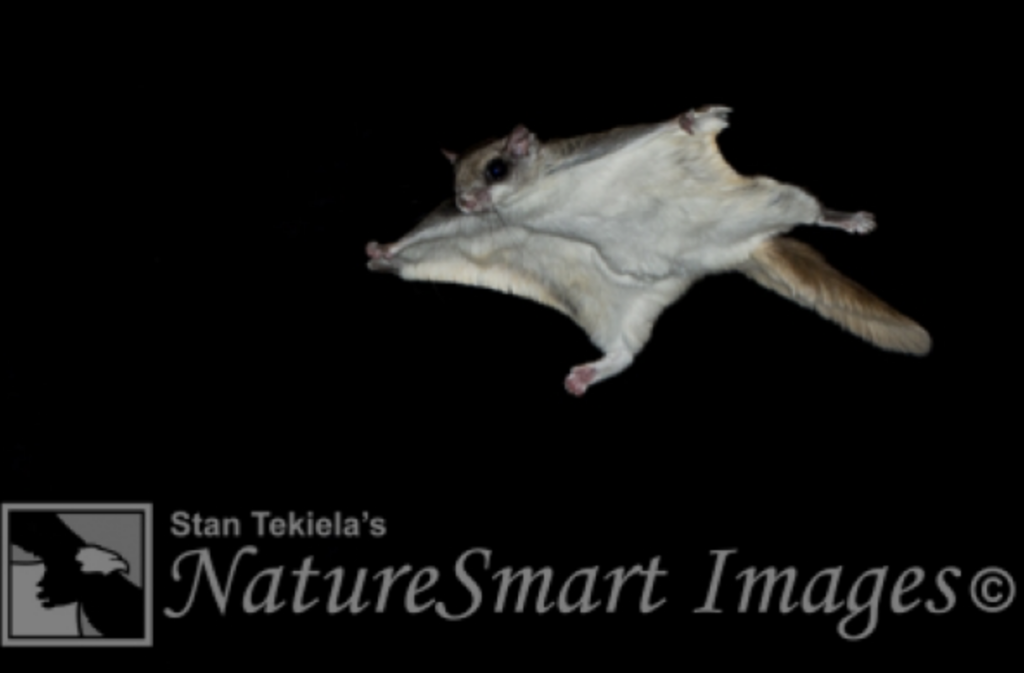
It is so good to have my flying squirrels building back in numbers around my property. It gives me a sense that everything is okay in my little corner of the natural world.
You can follow Stan on Facebook and Twitter, or contact him via his web page. Stan’s nationally syndicated NatureSmart Column appears in more than 25 cities spanning 5 states (Minnesota, Wisconsin, Michigan, Illinois, and Pennsylvania) and is circulated to more than 750,000 readers.
For more stories about wildlife and nature, sign up for our newsletter now! #bewellbeoutdoors


